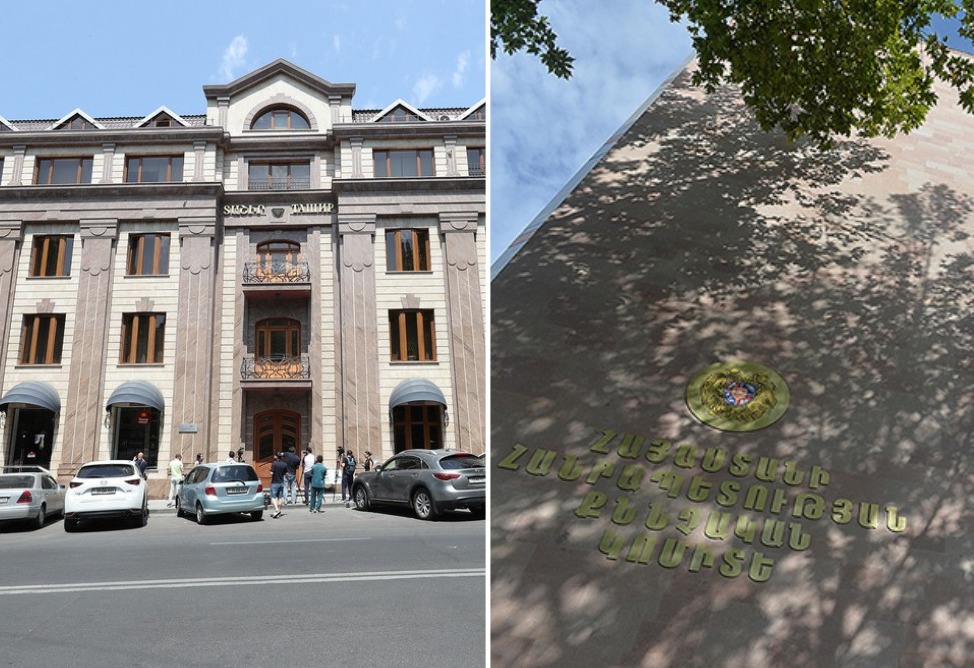Yerevan strongly condemns baku’s violent provocations at Armenian-Azerbaijani border- FM Nalbandyan
05.06.2012,
15:56
Armenia strongly condemns the violent provocations that are organized by the Azerbaijani side on the Armenia-Azerbaijan border which, unfortunately, resulted in victims and wounded, Armenia’s Foreign Minister Edward Nalbandyan said Monday on the joint press conference with the U.S. Secretary of State Hilary Clinton.
YEREVAN, June 5. /ARKA/. Armenia strongly condemns the violent provocations that are organized by the Azerbaijani side on the Armenia-Azerbaijan border which, unfortunately, resulted in victims and wounded, Armenia’s Foreign Minister Edward Nalbandyan said Monday on the joint press conference with the U.S. Secretary of State Hilary Clinton.
Three Armenian soldiers were killed, and six-wounded on Monday, June 4, in a shootout with armed men who tried to infiltrate Armenia from neighboring Azerbaijan.
“Azerbaijan is not satisfied by the fact that every day there are violations by Azerbaijanis on the line of contact of Azerbaijan and Nagorno-Karabakh. They are trying to transfer the tension, to sharpen the situation onto the border between Armenia and Azerbaijan,” he added.
According to him, such actions greatly undermine the negotiation process, as well as it is threatening the regional stability.
“The responsibility of all the possible consequences of all this lies on Azerbaijan,” resumed Nalbandyan.
The conflict in Nagorno-Karabakh broke out in 1988 after the predominantly Armenian-populated Karabakh declared about secession from Azerbaijan.
As Azerbaijan declared its independence from the Soviet Union and removed the powers held by the Karabakh’s government, the Armenian majority voted in 1991, December 10, to secede from Azerbaijan and in the process proclaimed the enclave the Republic of Nagorno-Karabakh. Full-scale fighting, initiated by Azerbaijan, erupted in the late winter of 1992.
International mediation by several groups including Europe's OSCE’s failed to bring an end resolution that both sides could work with. In the spring of 1993, Armenian forces got control over outside the enclave itself. By the end of the war in 1994, the Armenians were in full control of most of the enclave and also held and currently control seven regions beyond the administrative borders of Nagorno-Karabakh. Almost 1 million people on both sides have been displaced as a result of the conflict. A Russian- -brokered ceasefire was signed in May 1994 and peace talks, mediated by the OSCE Minsk Group, have been held ever since by Armenia and Azerbaijan. E.O.-0-



